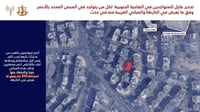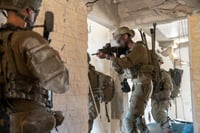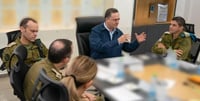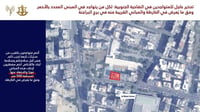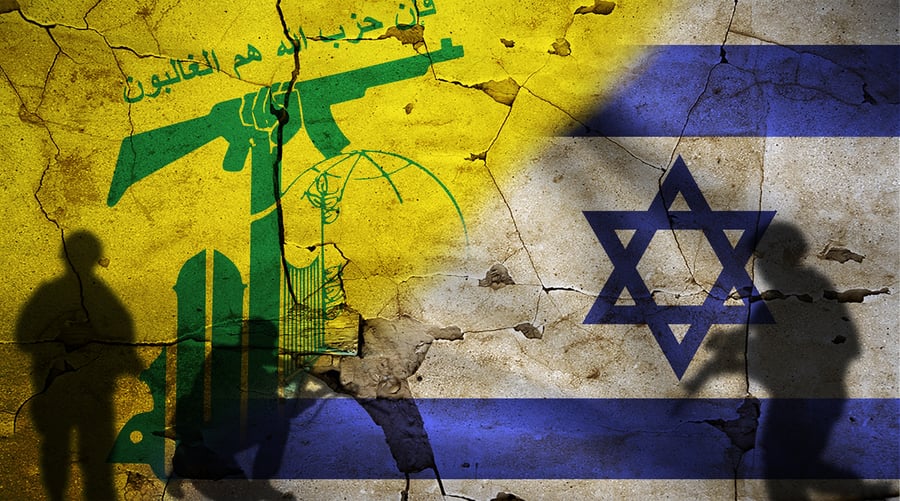
The IDF announced that it eliminated the Hezbollah commander of the Bin Jbeil area two days ago (Friday) based on intelligence guidance from Northern Command.
It then did the same for his replacement just 24 hours later, in a strike which also eliminated the Bin Jbeil area artillery commander.
Both commanders directed multiple terror operations against Israel and the IDF, including rocket fire into Israel and anti-tank fire against IDF forces operating in southern Lebanon.
The Israel Defense Forces (IDF) have begun extending their actions in southern Lebanon into the second line of towns and villages located approximately 5 kilometers (3 miles) from the Israeli border. This expansion follows the discovery of large stockpiles of Iranian and Russian-made weapons in numerous homes.
Initially, the IDF stated its intent to confine its offensive to neutralizing the threat posed by Hezbollah's Radwan force, which operates in an area with around 20 Shiite villages along the 130-kilometer (81-mile) border.
However, any decision to broaden the operation to encompass up to 70 villages and towns will depend on government directives, increasing casualty rates, and military commanders’ recommendations for continued engagement.
The military estimates that each village contains between 5,000 and 10,000 well-maintained weapons, strategically placed in anticipation of Hezbollah's planned invasion.
The IDF believes that infantry units have an advantage in capturing Radwan Force members due to their ability to move stealthily through the terrain, while tanks and armored personnel carriers are more vulnerable to Hezbollah attacks.
Troops have started to utilize the weapons and ammunition found in the villages, which will ultimately need to be destroyed. Recently, a controlled detonation of approximately 400 tons of explosives set off earthquake alerts.

